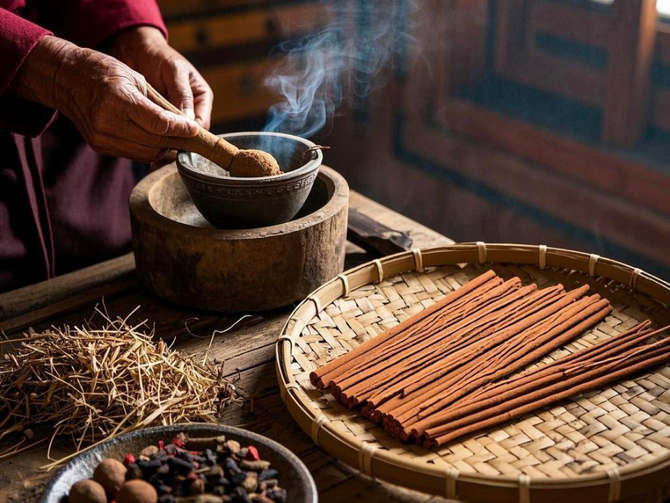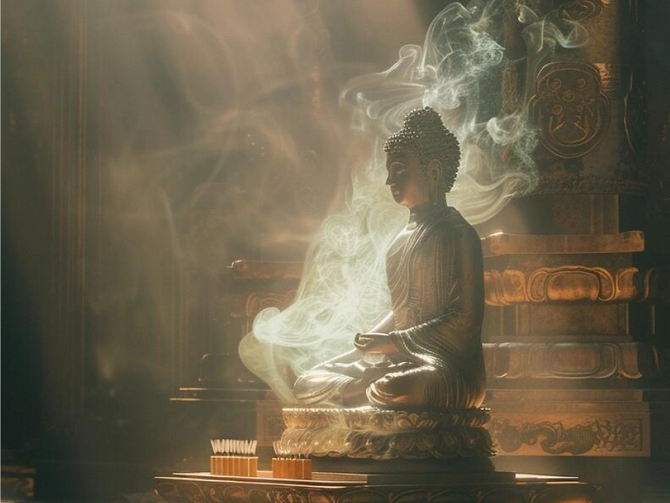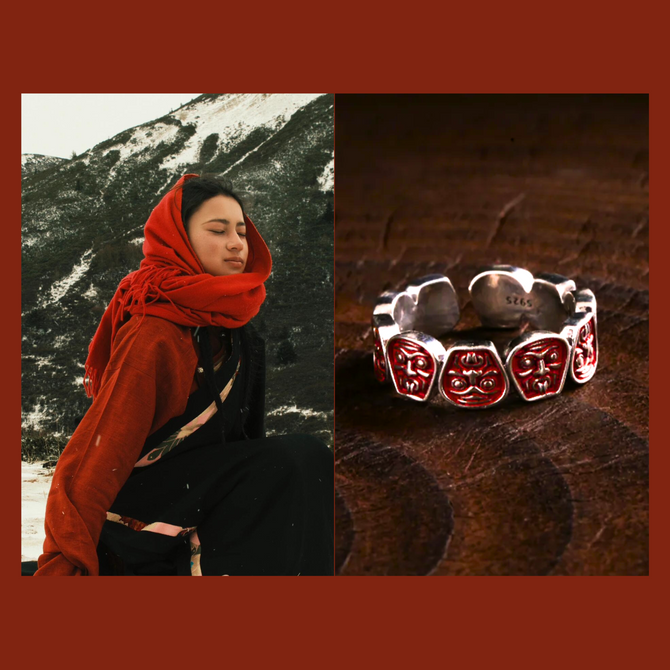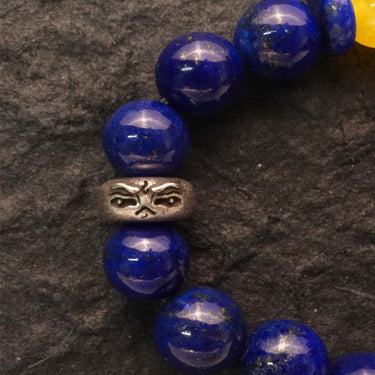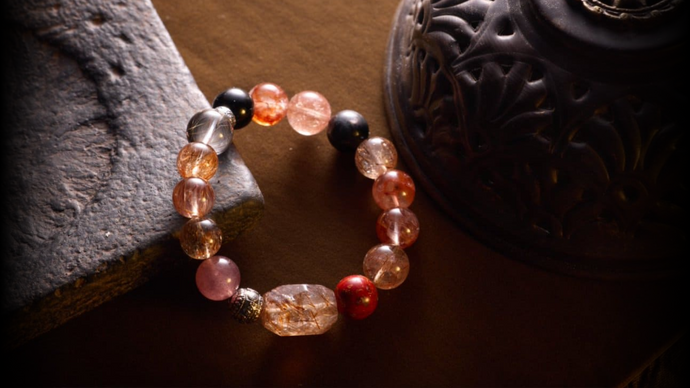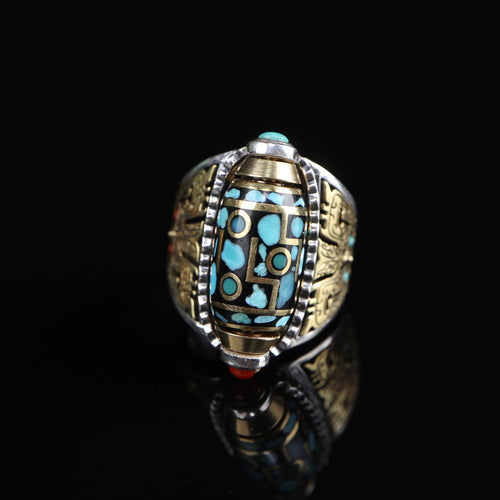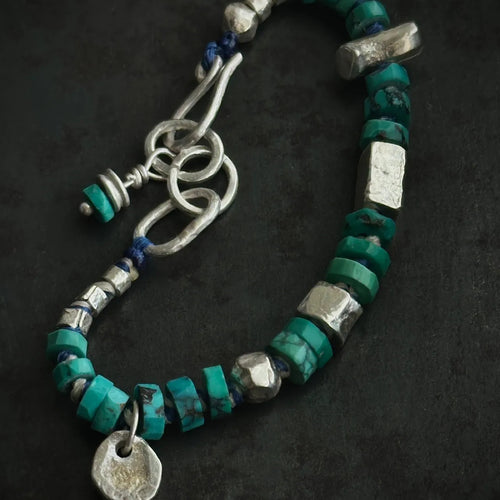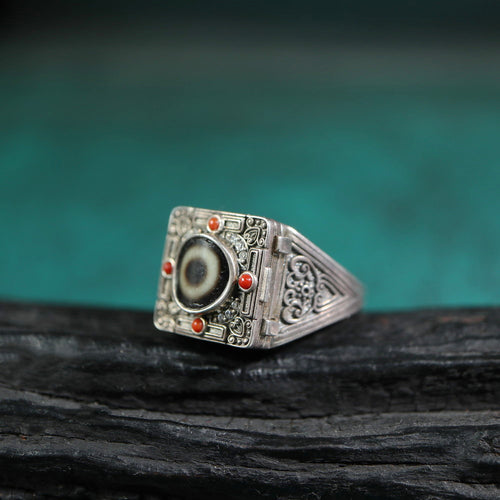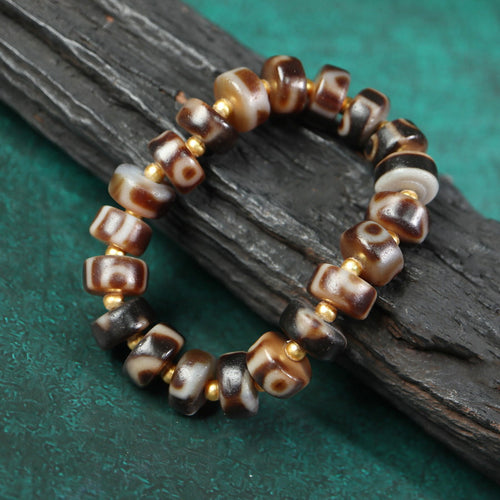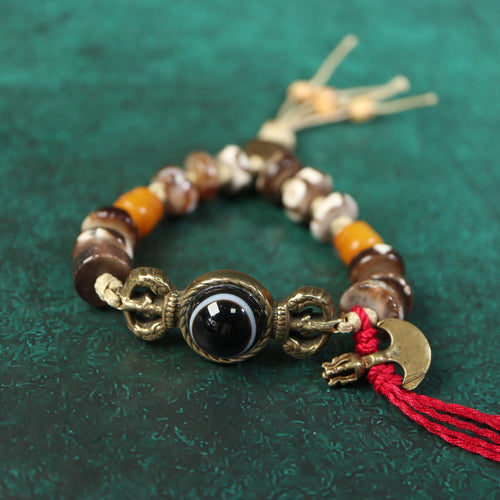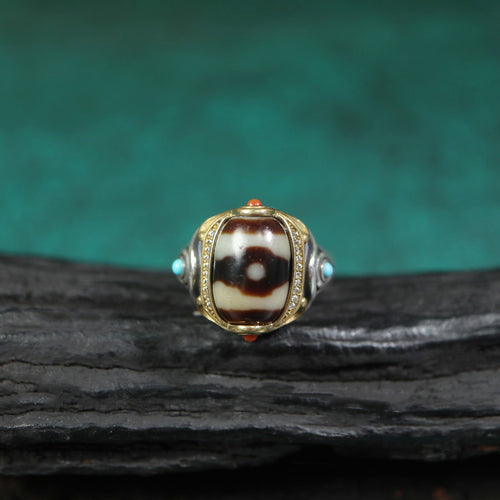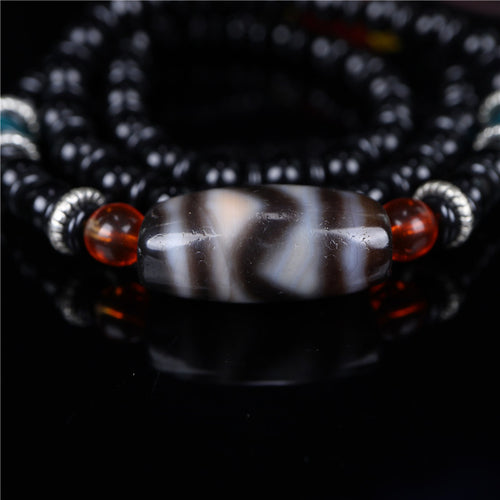
At Oriental Aesthetics, we are dedicated to providing systematic, high-quality professional services for oriental artists, collectors, and enthusiasts who have a deep appreciation and love for classical oriental art. Today, we embark on a journey to explore the captivating world of Chinese art, specifically focusing on the depiction of deer and their profound symbolism. Join us as we delve into the soul of the deer, uncovering the essence of stillness and power within Chinese art.
Unveiling the Symbolism of the Deer in Chinese Art
The deer holds a special place in Chinese culture, symbolizing grace, beauty, and longevity. In Chinese art, the depiction of deer goes beyond mere representation. It embodies profound symbolism and carries deeper meanings. The deer is often associated with qualities such as tranquility, prosperity, and spiritual enlightenment. Its presence in Chinese paintings signifies a desire for a peaceful and harmonious life.
The Stillness and Serenity of the Deer in Chinese Art
When one gazes upon Chinese paintings featuring deer, they are immediately struck by the stillness and serenity these creatures exude. The artists' meticulous brushwork and attention to detail capture the essence of the deer, creating artworks that evoke a sense of tranquility and inner peace. From the poised and graceful postures to the gentle expressions, every stroke of the brush portrays the stillness and serenity inherent in the deer's nature.
The Power and Majesty of the Deer in Chinese Art
Beyond their stillness, the depiction of deer in Chinese art also showcases their inherent power and majestic presence. Chinese artists possess a remarkable ability to capture the strength and vitality of these creatures, portraying them with a commanding aura that resonates with viewers.
When observing Chinese paintings featuring deer, one cannot help but be captivated by the awe-inspiring power they exude. The artists skillfully emphasize the deer's physical attributes, particularly their antlers, which symbolize dominance and strength in the natural world. These antlers are often depicted in a grand and majestic manner, showcasing the regal power of the deer. Through meticulous brushwork, the artists bring intricate details to life, highlighting the impressive intricacies of the antlers and the noble presence they represent.
Moreover, the artists' mastery of brush techniques enhances the depiction of the deer's power. Bold and confident strokes convey the dynamic energy and vitality of these magnificent creatures. The artists capture the fluidity of their movements, whether in mid-leap or poised for action, evoking a sense of motion and strength. The deer's muscular bodies are rendered with precision, showcasing their physical prowess and the raw power they possess.
The power and majesty of the deer in Chinese art extend beyond their physicality. They represent a connection to the natural world and embody the spirit of untamed wilderness. Chinese artists understand that true power lies not only in physical strength but also in the ability to harmoniously coexist with nature. Through their artistic interpretation, they imbue the deer with an aura of spiritual power, symbolizing the harmonious relationship between humans and the natural world.
The depiction of powerful deer in Chinese art serves as a reminder of the awe-inspiring forces of nature and the importance of respecting and appreciating the world around us. It reflects the cultural values and beliefs of the Chinese people, emphasizing the profound connection between humans and the animal kingdom.
In conclusion, the power and majesty of the deer in Chinese art are masterfully captured by talented artists who understand the significance of these creatures in both physical and symbolic realms. Through meticulous brushwork, attention to detail, and a deep understanding of the deer's essence, Chinese artists bring forth their majestic presence, evoking a sense of awe and admiration. The depiction of powerful deer serves as a testament to the strength and harmony found in nature and invites viewers to appreciate the beauty and power of these magnificent creatures.
The Harmonious Coexistence of Deer and Nature
Chinese paintings often depict deer in serene natural landscapes, emphasizing the harmonious coexistence between these graceful creatures and their surroundings. The artists depict misty mountains, tranquil waters, and lush vegetation, creating a sense of unity and balance between the deer and nature. This depiction not only enhances the aesthetic appeal of the artwork but also reflects the Chinese philosophy of harmonious living with the natural world.
The Artistic Techniques of Deer Representation
Chinese artists employ various artistic techniques to bring the deer to life on the canvas. The "boneless" style, characterized by fluid brushwork and the absence of rigid outlines, captures the essence of the deer in a more abstract and ethereal manner. This technique allows the viewer to connect with the spiritual and symbolic aspects of the deer. On the other hand, the "gongbi" technique, known for its fine and precise brushwork, showcases the artist's technical prowess and attention to detail, resulting in highly realistic and intricate depictions of the deer.
The Influence of Deer Imagery Beyond Art
Deer imagery extends beyond the realm of art and permeates various aspects of Chinese culture. It is not uncommon to find deer motifs in architecture, pottery, textiles, and even traditional medicine. The deer's symbolism and aesthetic appeal have left an indelible mark on Chinese society, reflecting the deep-rooted reverence and admiration for these creatures. From ancient mythology to contemporary culture, the deer's presence continues to inspire and captivate.
Oriental Aesthetics: Preserving the Legacy of Classical Oriental Art
At Oriental Aesthetics, we are committed to preserving and promoting the rich cultural heritage of classical oriental art. Through our systematic and high-quality professional services, we support oriental artists, collectors, and enthusiasts in their pursuit of appreciating and acquiring these masterpieces. Our team of experts is dedicated to providing unparalleled expertise and guidance, ensuring that the legacy of classical oriental art continues to thrive.
As a leading provider in the field, Oriental Aesthetics strives to surpass expectations, offering a wide range of services tailored to meet the unique needs of our clients. Whether you are an artist seeking professional guidance, a collector looking to expand your collection, or an enthusiast hoping to deepen your understanding of classical oriental art, we are here to assist you every step of the way.
In conclusion, the depiction of deer in Chinese art reveals a profound exploration of stillness and power. Through meticulous brushwork and profound symbolism, Chinese artists capture the essence of the deer, evoking a sense of tranquility, serenity, and majesty. At Oriental Aesthetics, we invite you to embark on a journey to discover the soul of the deer in Chinese art, experiencing the profound beauty and timeless wisdom that lies within.


